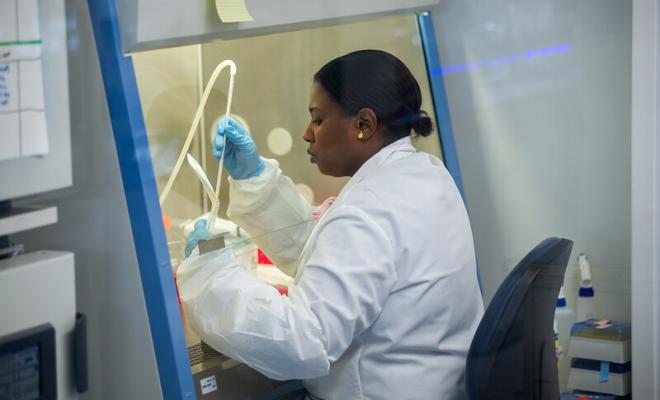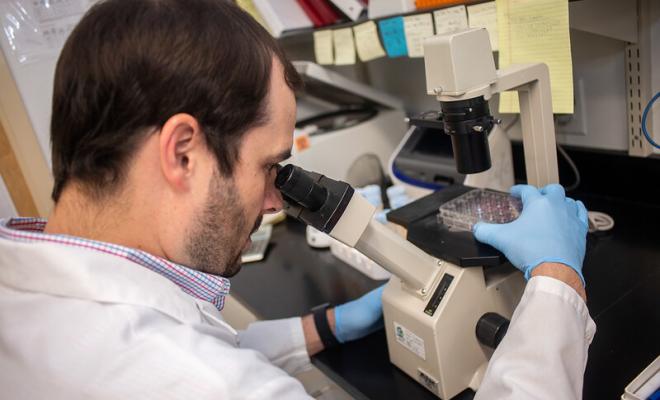Happy National Volunteer Week!
This week, we want to recognize our volunteers in action. By advocating, researching, connecting, and fundraising, our volunteers never stop working toward a cure — thank you!

This week, we want to recognize our volunteers in action. By advocating, researching, connecting, and fundraising, our volunteers never stop working toward a cure — thank you!
Cystic fibrosis is a genetic disorder that affects the lungs, pancreas, and other organs.
Have you or your child just been diagnosed with CF? We know it can feel hard to know where to start, so we've collected a few key items to help you. We welcome you to this amazing community.
The Cystic Fibrosis Foundation is the world's leader in the search for a cure for CF and supports a broad range of research initiatives to tackle the disease from all angles.

The CF Foundation is the world's leader in the fight against CF, and our scientific portfolio reflects our drive to provide effective treatments and — one day — a cure to every individual with this disease.

The journey to end CF isn't a straight line. It's an evolving map with many paths and unique challenges. It requires an ambitious research agenda to accelerate treatments and drug development for the underlying cause of the disease, and ultimately deliver a cure.

People with CF are living longer, healthier lives than ever before. There will be challenges — but specialized care, a range of treatment options, and taking proper precautions can help you ultimately find a balance between CF and your life.
800-FIGHT-CF
(800-344-4823)
Cystic Fibrosis Foundation (national office)
4550 Montgomery Ave.
Suite 1100 N
Bethesda, MD 20814